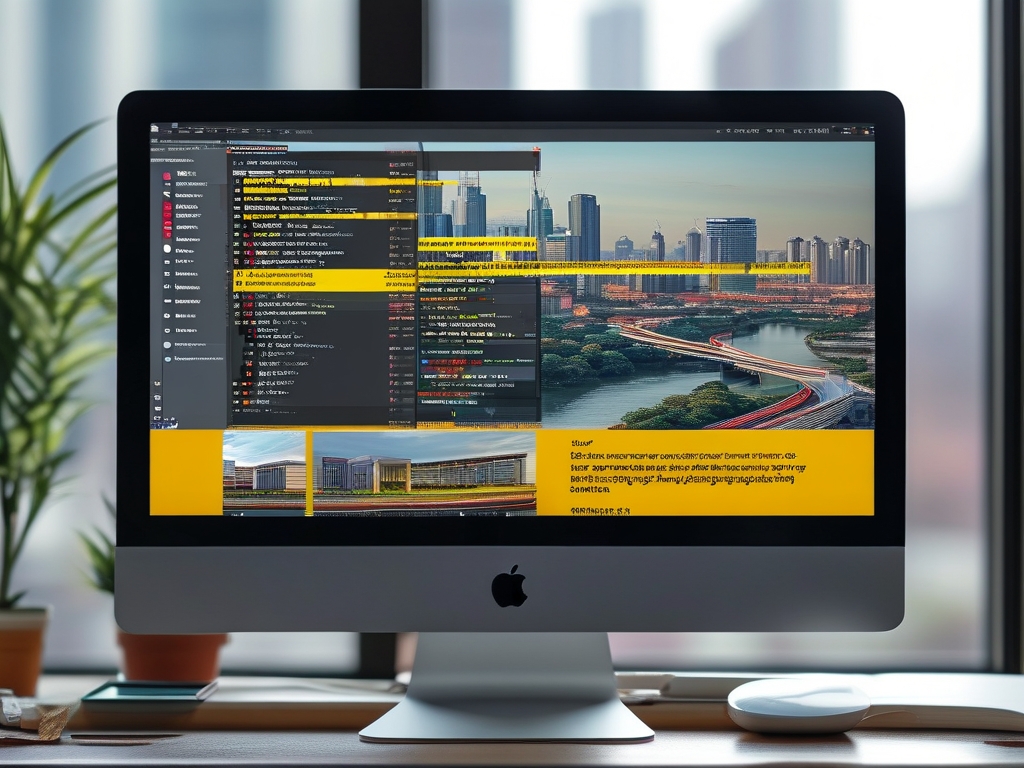In the ever-evolving landscape of enterprise software solutions, the RMS (Resource Management System) has emerged as a critical tool for optimizing operations across industries like logistics, healthcare, manufacturing, and IT. At the heart of these systems lies the work of backend development engineers, whose expertise ensures seamless data flow, scalability, and reliability. This article explores the responsibilities, challenges, and best practices for backend engineers specializing in RMS development.

1. Understanding RMS and Its Backend Requirements
An RMS is designed to manage resources—whether physical assets, human labor, or digital infrastructure—by integrating real-time data analytics, scheduling algorithms, and workflow automation. For backend engineers, this translates to building systems that:
- Process high-volume transactional data (e.g., inventory updates, workforce allocations).
- Support complex business logic (e.g., predictive resource allocation, conflict resolution).
- Integrate with external APIs (e.g., IoT sensors, payment gateways, third-party SaaS tools).
- Ensure data consistency across distributed architectures.
Unlike generic backend roles, RMS-focused engineers must prioritize low-latency responses and fault tolerance, as system downtime or delays can disrupt entire supply chains or service delivery.
2. Key Responsibilities of an RMS Backend Engineer
a. Architecture Design
Designing scalable architectures is foundational. Engineers often leverage microservices to decouple resource management modules (e.g., inventory tracking vs. workforce scheduling). Containerization tools like Docker and orchestration platforms like Kubernetes are essential for deploying and managing these services.
b. Database Optimization
RMS systems rely on databases to handle terabytes of structured and unstructured data. Engineers must choose between SQL (e.g., PostgreSQL for ACID compliance) and NoSQL (e.g., MongoDB for flexible schema design), often adopting hybrid models. Techniques like sharding, indexing, and caching (via Redis) are critical for performance.
c. API Development
Backend engineers create RESTful or GraphQL APIs to enable frontend clients and third-party integrations. For example, an RMS might expose endpoints for fetching real-time equipment availability or submitting maintenance requests. Security measures like OAuth2 and rate limiting are non-negotiable.
d. Real-Time Processing
Many RMS applications require real-time updates, such as rerouting deliveries due to traffic or reallocating staff during emergencies. Technologies like Apache Kafka for event streaming and WebSocket for bidirectional communication are frequently employed.
e. Compliance and Security
Resource data often includes sensitive information (e.g., employee details, proprietary workflows). Engineers implement encryption (AES-256), role-based access control (RBAC), and audit trails to meet regulations like GDPR or HIPAA.
3. Technical Challenges in RMS Backend Development
a. Balancing Consistency and Availability
In distributed RMS systems, the CAP theorem poses a dilemma: ensuring data consistency while maintaining high availability. Engineers often adopt eventual consistency models or use consensus algorithms like Raft to mitigate this.
b. Handling Peak Loads
Seasonal demand spikes (e.g., holiday logistics) can strain systems. Auto-scaling cloud infrastructure (AWS Lambda, Azure Functions) and load-balancing strategies are vital to prevent outages.
c. Legacy System Integration
Many organizations operate legacy RMS platforms. Backend engineers must design adapters or middleware to bridge old and new systems without disrupting operations.
4. Tools and Technologies
A modern RMS backend stack typically includes:
- Languages: Java, Python, or Go for performance-critical modules.
- Frameworks: Spring Boot (Java), Django (Python), or Fiber (Go).
- Databases: PostgreSQL, Cassandra, or TimescaleDB for time-series data.
- Cloud Platforms: AWS, Google Cloud, or hybrid setups.
- Monitoring: Prometheus, Grafana, and ELK Stack for observability.
5. Best Practices for Success
- Modular Codebases: Maintain clean separation between business logic and infrastructure code.
- Automated Testing: Implement unit, integration, and chaos testing to catch failures early.
- Documentation: Keep API specs (OpenAPI) and architecture diagrams up-to-date for team collaboration.
- Continuous Learning: Stay updated on emerging trends like edge computing for decentralized RMS deployments.
6. The Future of RMS Backend Engineering
As AI/ML integration becomes mainstream, backend engineers will increasingly build systems that leverage predictive analytics for proactive resource management. Quantum computing may also revolutionize optimization algorithms, enabling real-time solutions to NP-hard scheduling problems.
The role of an RMS backend development engineer is both demanding and rewarding. By mastering scalable architectures, real-time processing, and security protocols, these professionals empower organizations to maximize efficiency and adaptability. As technology advances, their ability to innovate will remain pivotal in shaping the next generation of resource management systems.

